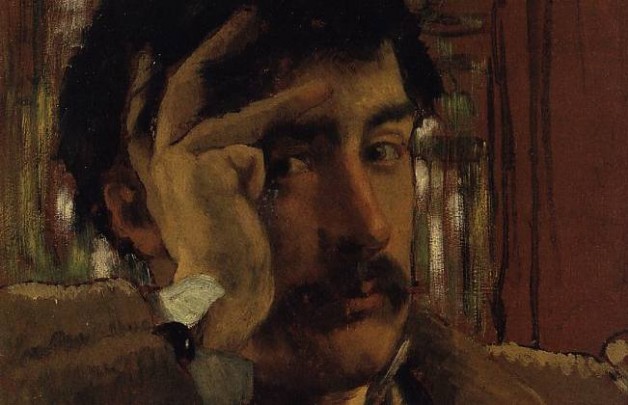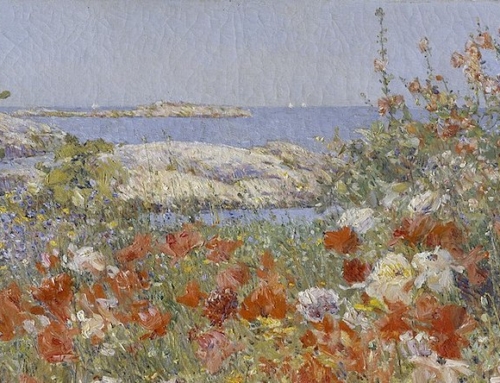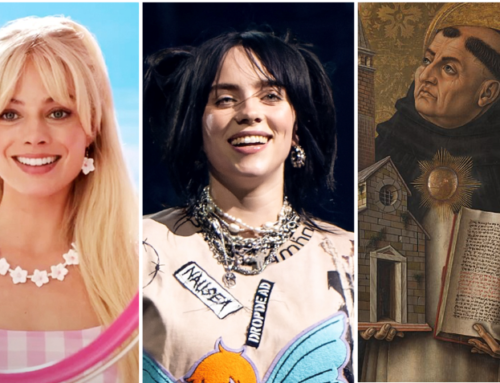Why are Catholic movies so bad? Historically the Church has been patron to some of mankind’s greatest artists; from the Sistine Chapel to medieval mystery plays, Catholicism has been a wellspring for the arts, both elite and popular. So why is it that “good Christian movie” is almost a contradiction in terms?
We can learn a lot about the problems of Catholic filmmaking from Christian Duguay’s new film Restless Heart, a dramatized account of St. Augustine’s life and conversion. As a film, Restless Heart has its high points, even if in general it suffers from poor pacing and uninspiring dialogue. As a biography of a great theologian, the film fares worse; recognizing the difficulties in staging most of Augustine’s life (How does one film a gradual conversion from Skepticism to Neo-platonism?), Restless Heart blithely invents a more exciting history for him, turning the troubled young professor of rhetoric into a hotshot lawyer with a devil-may-care attitude who, after cooperating in a massacre of Milanese Christians, miraculously converts and triumphs over all his adversaries, notably including a scene in which all the heretical Donatist bishops in North Africa agree that the Roman Church has the true faith, and seal their conversion with group hugs.
If we abstract from the religious character of the film, we can easily understand why Restless Heart is unlikely to win any Academy Awards; whatever its other problems, it ultimately fails to entertain. Viewed from a Christian perspective, the occasional moments of real drama don’t justify vitiating one of Christianity’s most compelling conversion stories and replacing it with a boilerplate fourth-century knock-off of a John Grisham novel.
So what went wrong? Behind the problem of entertainment lies a deeper one: a problem of art. Self-consciously Catholic films, from Bella to For Greater Glory to Restless Heart, tend to misunderstand the nature of art and its relationship to Christianity. These films seem to begin with Christianity as an architectural frame, then clap on some interchangeable story as drywall, resulting in a completed film that feels as original and creative as a suburban McMansion.
Real art works differently. The artist plunges himself into the stuff of the world and grabs hold of some one reality that he can’t let go; he then lifts it out from the undifferentiated morass of his experience and contemplates it in the light of all he knows. Artistic creation occurs when he gives his encounter with that reality a form that allows it to speak to others—be it the composition of a painting, the plot of a novel, or the narrative of a movie.
When this encounter is genuine and its artistic expression is lucid, the viewer is led to experience a new dimension of the world around him, to see afresh some facet of the truth. Because God is himself Truth, the artistic encounter with the world’s truth is, while not itself a religious event, inherently open to being elevated by grace. But art becomes truly religious when the reality the artist expresses acts as a prism for some facet of the Divine Truth; then to understand the work of art is to be open to the God whose beauty it refracts into human symbols.
If this is the dynamic of art—reaching into reality, being changed by it, and revealing that transformative truth to others—then we can understand why books, films, or paintings that only serve as a vehicle for spreading an idea fail as art. Formally speaking, they are more akin to propaganda, even if they use the material of art. Writing a song because I want more people to buy my brand of toothpaste may be a valuable commercial move, but it is not art. Making a movie because I want more people to acknowledge St. Augustine as the greatest doctor of the Latin Church may be laudable catechesis, but it won’t turn into art.
But making art as a Christian is not easy, especially in an art world that is dominated by worldviews opposed to the message of Jesus Christ. There’s a strong natural temptation to believe that unless my art boldly proclaims my beliefs in a straightforward way, I am somehow failing the New Evangelization and squandering my talent.
The solution to that problem is complex and difficult—William Congdon said that figuring out how to make art again after his conversion nearly drove him insane—but it must begin by acknowledging the connection between the truth of art and the Truth of God. These are not two radically separate things; the Christian artist who allows himself to be changed by the deepest truths of reality will speak of God when he speaks of what he saw, even if he is painting cows in a field.
The artist—any artist—must begin with what changes him, not with an abstract idea. If God changes him through some thing in the world, then speaking of that thing will allow the artist to speak of God. The would-be artist who starts with an idea or a message is doomed to failure. The artist who starts with God’s movement in his life may find that he has found true art by following his restless heart.
✠
Image: James Tissot, Self-Portrait







